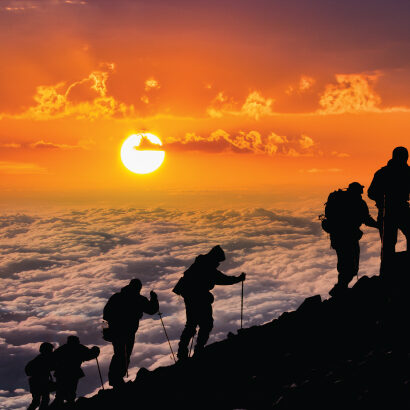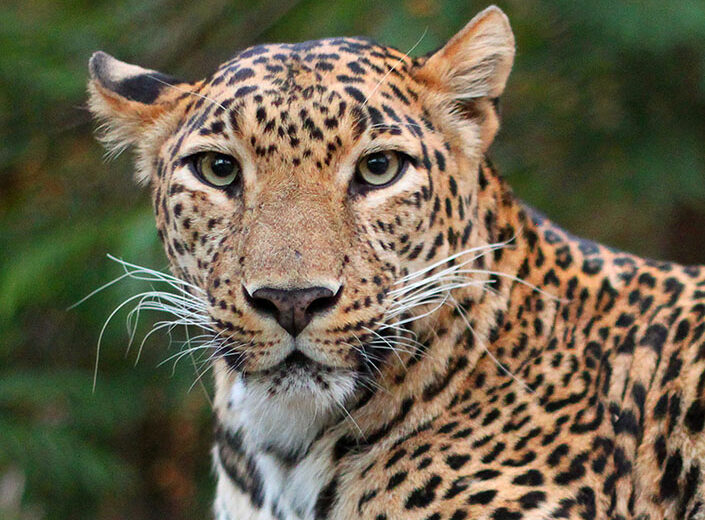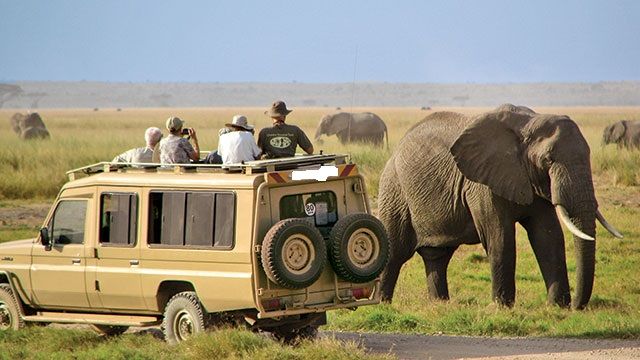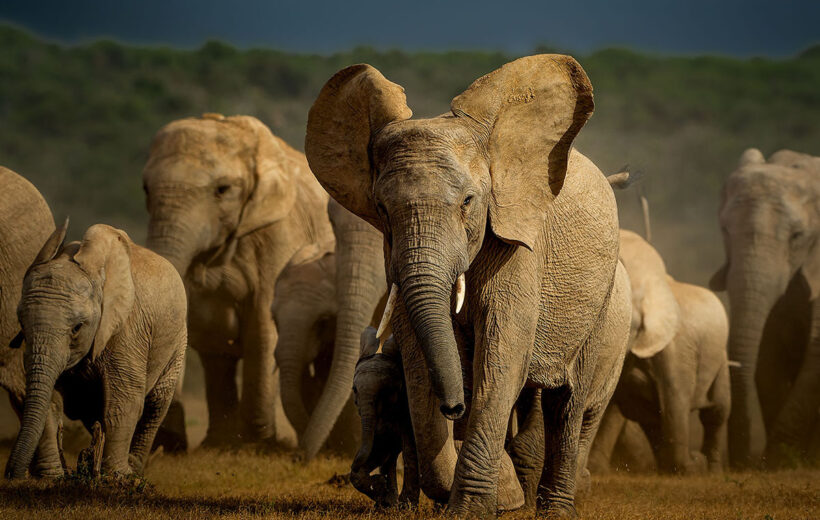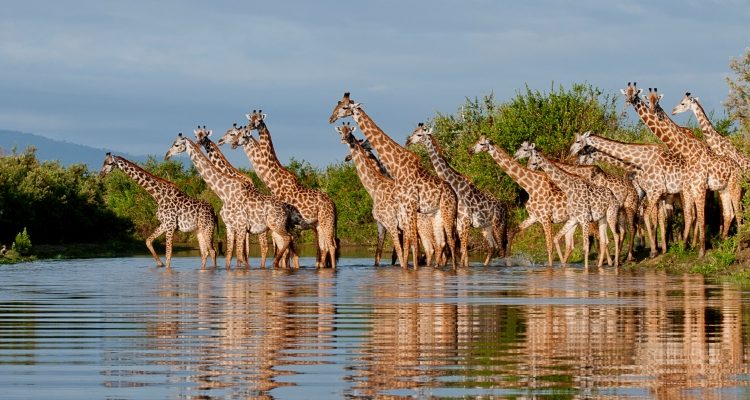Mkomazi National Park
Mkomazi National Park
Mkomazi National Park is a relatively lesser-known gem of Tanzania, offering a unique and less crowded safari experience. It's located in the northeastern part of the country, near the Kenyan border, and covers an area of approximately 3,245 square kilometers. Here's an overview of Mkomazi National Park:
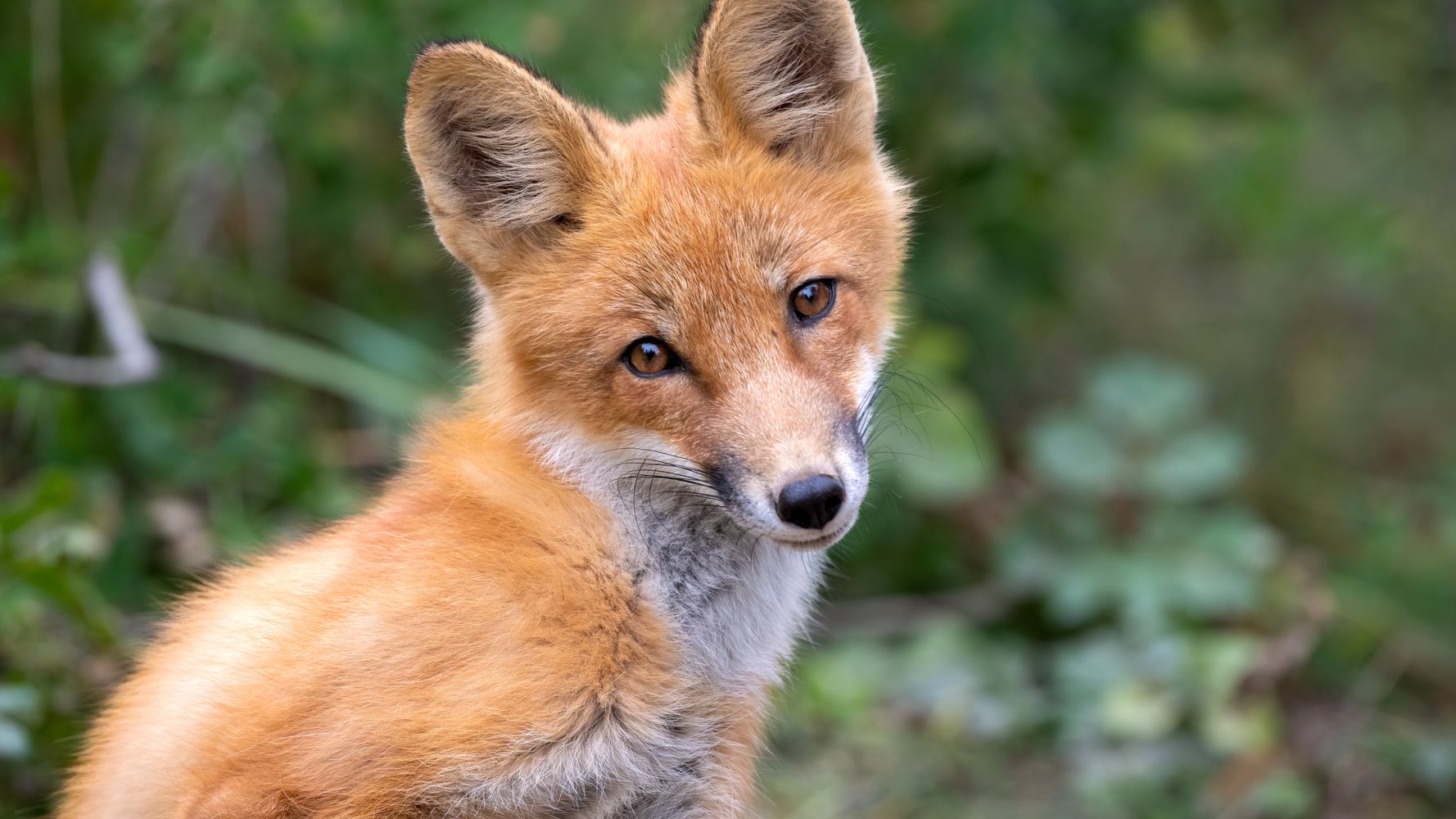
Key features of Mkomazi National Park
1. Chimpanzee Paradise:
- The park is famous for being home to one of the largest and most significant populations of wild chimpanzees in Tanzania. Multiple chimpanzee communities reside in the forested slopes of the Mahale Mountains.
2. Scenic Beauty:
- The park boasts stunning landscapes, including dense rainforests, crystal-clear streams, and rugged mountain terrain. It is surrounded by the deep blue waters of Lake Tanganyika, providing a picturesque backdrop.
3. Diverse Ecosystems:
- Mahale encompasses a range of ecosystems, from the lakeshore to montane forests. This diversity supports a variety of wildlife, including other primates, forest elephants, leopards, and numerous bird species.
4. Chimpanzee Trekking:
- The main attraction of Mahale is chimpanzee trekking. Visitors can join guided treks to observe chimpanzees in their natural habitat, gaining unique insights into their behavior and social dynamics.
5. Boat Safaris:
- The park's location along Lake Tanganyika offers opportunities for boat safaris. You can explore the lake, swim, snorkel, and enjoy the scenery while watching the surrounding mountains.
6. Birdwatching:
- Mahale is a haven for birdwatchers, with over 300 bird species recorded. It's an excellent destination for spotting both resident and migratory bird species.
7. Beach Activities:
- The park's lakeshore provides beautiful sandy beaches where you can relax, swim, or simply enjoy the serene surroundings.
8. Cultural Experiences:
- Mahale offers opportunities to interact with local fishing communities, learning about their traditions and way of life. Cultural visits are often part of the visitor experience.
9. Research and Conservation:
-
-
- The park is actively engaged in chimpanzee research and conservation, making it an important center for primatology and a hub for the protection of these endangered animals.
-
Best Time to Visit
- Overview
- Things To Do
- Dry Season
- Bird Watching
- Cultural Experiences
- Avoiding Crowds
- Accommodation
- How To Get There
Mkomazi National Park in Tanzania offers a range of activities and experiences for visitors who want to explore its diverse landscapes and encounter its unique wildlife. Here are some of the things to do in Mkomazi National Park:
-
Game Drives: Take guided game drives in open-top vehicles to explore the park’s savannahs, woodlands, and riverine habitats. You can spot a variety of wildlife, including elephants, African wild dogs, lions, giraffes, zebras, and numerous bird species.
-
Bushwalks and Hiking: Guided bushwalks and hikes allow you to explore the park on foot, providing a more intimate and immersive experience. These walks are led by experienced guides who share insights about the park’s ecosystems and wildlife.
-
Rhino Tracking: Join rhino tracking excursions to observe the critically endangered Eastern black rhinoceros, which the park plays a crucial role in conserving.
-
Birdwatching: Mkomazi is a birdwatcher’s paradise, with over 450 bird species, including ostriches, secretary birds, and various raptors. Bring your binoculars and a field guide to spot some of the park’s diverse avian residents.
-
Visit Maasai Communities: Experience the cultural richness of the Maasai people by visiting nearby Maasai communities. You can learn about their traditional customs, way of life, and engage in cultural exchanges.
-
Picnicking: Mkomazi National Park provides designated picnic sites where you can take a break, enjoy a meal, and savor the natural surroundings.
-
Stargazing: The park’s remote location offers excellent opportunities for stargazing. On clear nights, you can marvel at the African night sky and listen to the sounds of the wilderness.
-
Photography: Mkomazi’s diverse landscapes and wildlife make it an ideal place for photography. Capture the park’s beauty and wildlife in their natural habitats.
-
Conservation and Research: Learn about the park’s conservation efforts and ongoing research projects. Some lodges and organizations offer tours that provide insights into wildlife conservation and protection initiatives in Mkomazi.
-
Camping: Stay overnight at designated campsites within the park, allowing you to fully immerse yourself in the wilderness. Camping provides an authentic and intimate experience with the natural environment.
-
Visit the Mkomazi Rhino Sanctuary: Explore the Mkomazi Rhino Sanctuary, dedicated to the conservation and protection of the critically endangered black rhinoceros. Guided tours of the sanctuary are available.
Remember to respect park regulations, maintain a safe distance from wildlife, and follow the guidance of your guides to ensure a responsible and enjoyable visit to Mkomazi National Park.
Mahale Mountains National Park offers a variety of activities and experiences for visitors seeking to immerse themselves in its pristine natural environment and unique wildlife. Here are some of the top things to do in Mahale Mountains National Park:
-
Chimpanzee Trekking: The park is renowned for its habituated chimpanzee populations. Join guided treks to track and observe these fascinating primates in their natural habitat.
-
Hiking and Forest Walks: Explore the lush forests and diverse ecosystems of Mahale by taking guided hikes and forest walks. Your guides will lead you through the park’s stunning landscapes.
-
Birdwatching: Mahale is a paradise for birdwatchers, with over 300 bird species recorded in the park. Spot endemic and migratory birds in the diverse habitats, from the forested slopes to the lake shores.
-
Boat Safaris on Lake Tanganyika: Take boat safaris on Lake Tanganyika, one of the world’s largest and deepest freshwater lakes. Enjoy breathtaking views of the mountains and shoreline, and engage in water activities like swimming and snorkeling.
-
Beach Relaxation: The park’s location along the shores of Lake Tanganyika offers pristine sandy beaches. Relax on the beach, sunbathe, and take in the serene surroundings.
-
Sport Fishing: Lake Tanganyika is home to a variety of fish species, making it an excellent destination for sport fishing. You can try your hand at catching species like Nile perch, yellowbelly, and more.
-
Visit Local Fishing Communities: Engage in cultural visits to nearby fishing villages, where you can learn about the traditional fishing methods and the way of life of the local communities.
-
Campfires and Stargazing: Enjoy evenings around campfires under the starry African skies. Listen to the sounds of the forest and share stories with fellow travelers.
-
Forest Elephant Tracking: While less predictable than chimpanzee tracking, there’s a chance to encounter forest elephants in the park. Guided forest elephant tracking expeditions can be arranged.
-
Camping and Lodges: Stay in one of the park’s accommodations, such as tented camps or lodges, to fully immerse yourself in the wilderness and enjoy the convenience of organized activities and wildlife experiences.
-
Research and Conservation Tours: Learn about the park’s ongoing chimpanzee research and conservation efforts by joining guided tours led by park rangers and researchers.
-
Cultural Experiences: Interact with local communities and gain insights into their traditional practices and daily life. Many lodges and tour operators offer cultural visits as part of their packages.
Mahale Mountains National Park is a haven for nature enthusiasts, adventure seekers, and those looking for unique wildlife encounters. Whether you’re interested in primates, birdlife, or simply the beauty of the wilderness, Mahale offers a rich tapestry of experiences in a remote and unspoiled setting.
The dry season in Mkomazi National Park typically spans from June to October. This season offers several advantages for visitors and wildlife enthusiasts. Here’s what you can expect during the dry season in Mkomazi:
1. Optimal Wildlife Viewing: The dry season is the best time for wildlife viewing in Mkomazi National Park. As the season progresses and water becomes scarcer, animals tend to congregate around the remaining water sources. This makes them easier to spot, and you’ll have greater opportunities to observe a variety of species, including elephants, lions, giraffes, zebras, and a multitude of birds.
2. Pleasant Weather: The dry season features mild and comfortable temperatures. Rainfall is minimal during this period, resulting in clear, sunny days and cool evenings. This is ideal for outdoor activities such as game drives, bushwalks, and hiking.
3. Less Vegetation: With less foliage and grass cover, it’s easier to see wildlife from a distance. This can be advantageous for photography and wildlife observation, as animals have fewer places to hide.
4. Reduced Insect Activity: Insects like mosquitoes and tsetse flies are generally less active during the dry season. This can make your outdoor experiences more comfortable, as you’ll face fewer issues with insect bites.
5. Waterhole Activity: As water sources become scarce, waterholes become focal points for wildlife. This makes waterholes excellent spots for game viewing and photography, as you can witness various species coming to drink and interact.
6. Challenging Road Conditions: It’s important to note that, as the dry season progresses, some roads within the park may become more challenging to traverse due to dust and rough terrain. It’s advisable to check road conditions and be prepared for potential difficulties.
Overall, the dry season is a popular time to visit Mkomazi National Park because of the excellent wildlife viewing opportunities and the pleasant weather. However, it’s also the peak tourist season, so the park may see more visitors during this time. To make the most of your visit and avoid larger crowds, consider visiting Mkomazi at the beginning or end of the dry season.
-
Mkomazi National Park is a hidden treasure for birdwatchers in Tanzania, offering a diverse and rich avian population in its varied habitats. With over 450 bird species recorded, including several special and rare sightings, the park provides a rewarding experience for bird enthusiasts. Here’s what you can expect when birdwatching in Mkomazi:
-
Raptors: Mkomazi is home to various raptor species, including the martial eagle, African fish eagle, tawny eagle, and secretary bird. The park’s open savannahs and wooded areas provide prime hunting grounds for these impressive birds of prey.
-
Ostriches: Mkomazi is one of the few places in Tanzania where you can spot the common ostrich. These large, flightless birds are a fascinating sight, and you might even witness their courtship displays.
-
Endemic and Near-Endemic Species: The park hosts some unique species, such as the yellow-collared lovebird and the Taveta weaver, which are both near-endemic to the region. Observing these birds in their natural habitat is a special experience for birdwatchers.
-
Waterbirds: Mkomazi’s rivers and waterholes attract waterbirds, making them ideal locations for birdwatching. Look out for kingfishers, herons, egrets, and other aquatic species near these water sources.
-
Migrant Birds: During the wet season, Mkomazi welcomes a variety of migratory bird species from Europe and Asia. These visitors add to the park’s already diverse bird population.
-
Species Diversity: In addition to the unique and rare species, Mkomazi is home to a wide range of other birds, including hornbills, barbets, weavers, rollers, and sunbirds. Whether you’re a novice or an experienced birder, you’ll find plenty to keep you engaged.
-
Birding Walks: The park offers guided birdwatching walks and hikes, led by knowledgeable guides who are well-versed in the park’s avian residents. They can point out the different species, their habits, and help you spot the birds you’re eager to see.
-
Photography: Mkomazi’s diverse landscapes and photogenic birds provide an excellent opportunity for bird photography. Capture the vivid colors, unique behaviors, and natural beauty of the park’s birdlife.
When birdwatching in Mkomazi, it’s advisable to bring a good pair of binoculars, a field guide, and a notebook to document your sightings. The park’s varied habitats, from open savannahs to woodland and riverine areas, offer an ever-changing avian spectacle, making it a must-visit destination for birdwatchers looking to explore Tanzania’s less-traveled wildlife havens.
-
Mkomazi National Park in Tanzania offers cultural experiences that allow visitors to engage with the local communities and learn about their traditional way of life. While Mkomazi is primarily known for its wildlife and natural beauty, cultural encounters in the surrounding areas provide valuable insights into the rich heritage of the region. Here are some of the cultural experiences you can have in and around Mkomazi National Park:
-
Visit Maasai Communities: The Maasai people are one of the most well-known indigenous groups in East Africa, and they inhabit the regions surrounding Mkomazi. Visitors can arrange visits to Maasai villages to learn about their traditions, customs, and way of life. This includes insights into their clothing, jewelry, and traditional dances.
-
Traditional Bomas: Maasai villages, known as bomas, are communal encampments where Maasai families reside. Tourists can explore these bomas, interact with the residents, and get a firsthand look at the traditional construction methods, which typically use natural materials like mud, dung, and thatch.
-
Cultural Performances: Maasai communities often showcase their cultural traditions through dance and song performances. Visitors can witness these colorful and rhythmic displays, which are an integral part of Maasai social and cultural events.
-
Craft Workshops: Maasai women are skilled artisans who create intricate beadwork, jewelry, and colorful clothing. Visitors can participate in workshops to learn how to make traditional Maasai jewelry and even purchase handmade items as souvenirs.
-
Learning About Livestock: Livestock, particularly cattle, are essential to the Maasai way of life. Visitors can learn about Maasai cattle herding practices, the importance of livestock, and how the Maasai maintain their herds.
-
Guided Cultural Tours: Many lodges and tour operators offer guided cultural tours that provide a deeper understanding of the Maasai culture and the challenges and opportunities facing the local communities.
-
School Visits: Some tours may include visits to local schools where you can interact with students and teachers, gaining insights into the education system in these communities.
-
Community Visits: In addition to Maasai communities, there are also other ethnic groups living in the region surrounding Mkomazi National Park. You can arrange visits to these communities to learn about their distinct customs and traditions.
When participating in cultural experiences in and around Mkomazi, it’s essential to approach these encounters with respect and sensitivity. Always seek permission before taking photographs, respect the privacy of community members, and consider purchasing local crafts or products to support the local economy. These cultural interactions provide a unique perspective on the human side of this region, emphasizing the harmonious coexistence of people and nature.
Mkomazi National Park in Tanzania is known for its remote and less crowded atmosphere compared to some of the more popular safari destinations. However, if you’re looking for ways to further enhance your experience and avoid larger crowds, here are some strategies to consider:
-
Choose the Right Time to Visit:
- Mkomazi experiences fewer tourists during the rainy season (November to April). While daily rainfall can deter some travelers, it’s also a time when the park is quieter, and wildlife is more abundant due to the lush vegetation.
-
Visit During the Week:
- Plan your visit to the park during weekdays rather than weekends. Weekends might see a slight increase in visitors, including local and domestic tourists.
-
Extended Stay:
- Consider an extended visit to Mkomazi, spending more days in the park. This allows you to spread out your activities and experience the park without large crowds.
-
Start Early or Late:
- Try to start your activities early in the morning or later in the day. Game drives and other activities often begin early, which can help you avoid encountering other groups.
-
Private Tours:
- If your budget allows, opt for private or customized tours. Private tours offer a more personalized experience and give you flexibility in planning your itinerary.
-
Accommodations Within the Park:
- Staying within the park boundaries can enhance your experience. Many of the lodges and tented camps offer an intimate and secluded atmosphere.
-
Check Local Events:
- Be aware of local events, holidays, and school vacation periods that might attract larger crowds to the park, and plan your visit accordingly.
-
Respect and Sensitivity:
- When participating in cultural interactions or wildlife viewing, it’s crucial to approach local communities and wildlife with respect and sensitivity. Maintain quiet and considerate behavior to respect the tranquility of the environment.
-
Guided Tours: Consider joining smaller, guided tours offered by lodges or local tour operators, as these are often designed for a more intimate and exclusive experience.
-
Visit Less-Visited Areas: Explore the park’s less-visited or remote areas, as these often have fewer tourists. Your tour operator or guide can provide recommendations.
Mkomazi National Park is naturally less crowded compared to some other safari destinations, and these strategies can help you make the most of your visit and enjoy a peaceful and personal connection with the park’s unique natural and cultural attractions.
Accommodations in and around Mkomazi National Park are limited due to its remote location and focus on preserving the park’s pristine environment. However, there are a few lodging options that provide a unique and immersive experience in this less-visited part of Tanzania. Here are some of the accommodations you can find in and around Mkomazi National Park:
-
Elewana Mkomazi Tented Camp:
- This luxury tented camp offers a unique and intimate safari experience within the park. The camp’s comfortable tents are well-appointed and provide stunning views of the surrounding wilderness. It’s known for its excellent service and proximity to prime wildlife viewing areas.
-
Babu’s Camp:
- Babu’s Camp is a mobile tented camp that moves with the seasons and wildlife patterns. It provides a more exclusive and flexible experience for visitors. The camp’s location changes to maximize wildlife encounters.
-
Community-Managed Camps: Some community-owned and managed camps and lodges are located near the park, providing an opportunity to stay in the area while supporting local conservation efforts and communities.
-
Camping: Camping within the park is also possible, with designated campsites for visitors. This option provides an authentic and immersive experience in the wilderness.
-
Mkomazi Rhino Lodge: While not located within the park, the Mkomazi Rhino Lodge is situated in the vicinity and offers a more budget-friendly accommodation option. It’s a simple and comfortable lodge with basic amenities.
-
Other Lodges and Camps: The region surrounding Mkomazi has a few additional lodges and tented camps that cater to visitors to the park. Some of these are located in nearby towns and offer accommodation options that vary in terms of comfort and amenities.
Accommodations in and around Mkomazi National Park are often designed to blend seamlessly with the natural surroundings, providing comfort and convenience while minimizing the impact on the environment. These lodges and camps typically offer all-inclusive packages that cover meals, guided activities, and other amenities, making it easy to enjoy your stay without logistical concerns.
It’s essential to book your accommodations well in advance, as options are limited and can fill up quickly, especially during the dry season when Mkomazi is most popular. Staying within or near the park allows you to fully immerse yourself in the natural beauty and wildlife of this exceptional destination while enjoying the tranquility and unique experiences that Mkomazi has to offer.
Getting to Mkomazi National Park in Tanzania can be an adventure due to its remote location. The park is situated in the northeastern part of the country near the Kenyan border. Here are the primary ways to reach Mkomazi National Park:
By Air:
-
Fly to Kilimanjaro International Airport: The nearest major airport to Mkomazi National Park is Kilimanjaro International Airport (JRO). This airport serves as a gateway to the northern circuit of Tanzanian national parks, including Mkomazi. You can catch international and domestic flights to JRO from various major airports in Tanzania and neighboring countries.
-
Road Transfer from Kilimanjaro: After arriving at Kilimanjaro International Airport, you can arrange a road transfer to Mkomazi National Park. This journey typically takes several hours and involves driving eastward.
By Road:
-
From Arusha: If you’re traveling from Arusha, you can drive to Mkomazi National Park. The road journey can take several hours, depending on the specific route and road conditions. A reliable and experienced driver is recommended for this overland trip.
-
From Tanga: If you’re coming from the coastal city of Tanga, a road trip to Mkomazi is also an option. The journey takes you through scenic landscapes, and it’s advisable to check road conditions in advance.
Please note that the road network in the region can be challenging due to rough and unpaved roads, particularly during the rainy season. It’s essential to use appropriate vehicles and engage local drivers who are familiar with the routes.
Guided Tours and Packages:
Many travelers prefer to arrange their visit to Mkomazi National Park through tour operators or lodges that offer all-inclusive packages. These packages often include transportation to and from the park, guided activities, accommodations, and other logistics. Using a reputable tour operator can simplify your journey and ensure a more seamless experience.
It’s important to plan your trip to Mkomazi in advance, as the park’s remote location and limited infrastructure require careful logistical arrangements. Coordinating with tour operators, lodges, or local guides can help you navigate the challenges of reaching this off-the-beaten-path destination.

